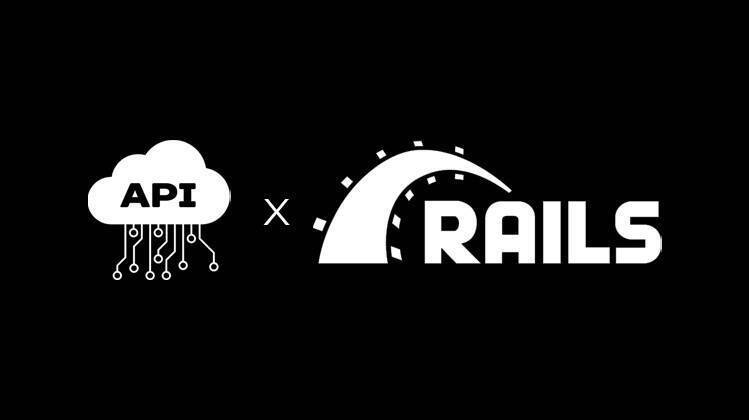Well you want to create API only app in Rails Right? Creating an API in Ruby on Rails allows your application to communicate with other services, enabling data exchange and integration.
This quick post will teach you the process of building a simple API using Rails, employing straightforward language and a user-friendly approach.
What exactly API is?
If you don't know what API exactly is then API (Application Programming Interface) is a set of rules that lets different software applications communicate with each other.
In the context of web development, an API allows your server to interact with other servers or client applications, such as mobile apps or frontend JavaScript frameworks.
Create a API only Rails app
Open your terminal and run:
rails new my_api --api
The --api flag sets up a Rails application optimized for API-only functionality, excluding unnecessary components like views and assets.
Set up the database
By default, Rails uses SQLite for the database. You can configure a different database like PostgreSQL by modifying the config/database.yml file.
After configuration, create and migrate the database:
rails db:create
rails db:migrate
2. Enable CORS (Cross-Origin Resource Sharing)
Enable CORS to allow external applications to interact with your API, First uncomment and configure the rack-cors gem in your Gemfile.
gem 'rack-cors'
Then, configure it in config/initializers/cors.rb:
Rails.application.config.middleware.insert_before 0, Rack::Cors do
allow do
origins '*'
resource '*',
headers: :any,
methods: [:get, :post, :put, :patch, :delete, :options, :head]
end
end
This setup allows any origin to access your API.
Generate a resource
For now we gonna create a Post resource, Run the following command in your terminal create the model, controller, and migration files for the Post resource.
rails generate resource Post title:string body:text
Run migrations
Apply the database migrations to create the necessary tables.
rails db:migrate
Set up routes
In config/routes.rb, define routes for your resources.
Rails.application.routes.draw do
namespace :api do
namespace :v1 do
resources :posts
end
end
end
This setup creates routes like /api/v1/posts.
Implement Controller Actions
Head over to app/controllers/api/v1/postscontroller.rb, define actions to handle requests.
module Api
module V1
class PostsController < ApplicationController
def index
posts = Post.all
render json: posts
end
def show
post = Post.find(params[:id])
render json: post
end
def create
post = Post.new(post_params)
if post.save
render json: post, status: :created
else
render json: post.errors, status: :unprocessable_entity
end
end
def update
post = Post.find(params[:id])
if post.update(post_params)
render json: post
else
render json: post.errors, status: :unprocessable_entity
end
end
def destroy
post = Post.find(params[:id])
post.destroy
head :no_content
end
private
def post_params
params.require(:post).permit(:title, :body)
end
end
end
end
These actions handle CRUD operations for the Post resource.
Finally start the Rails server
Now we're done with everything, you can run the server and test your endpoint.:
rails server
Your API will be accessible at localhost URL should look like this http://localhost:3000.
Use API Clients
Tools like Postman or curl can be used to test your API endpoints by sending HTTP requests and inspecting responses.
That's a wrap up. By following these simple steps, you've set up a basic API in Ruby on Rails.
Now go ahead and test your endpoints integrate this to your front end application like React App.
I hope you learned something, let me know the feedback in the comments below. Thanks.




